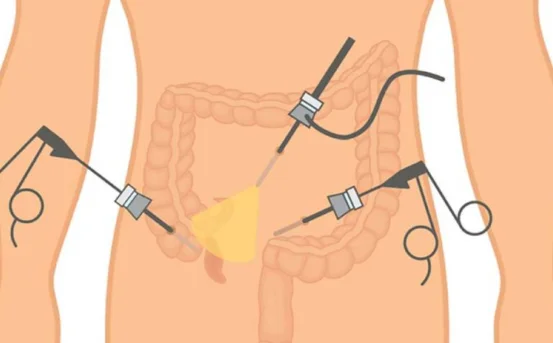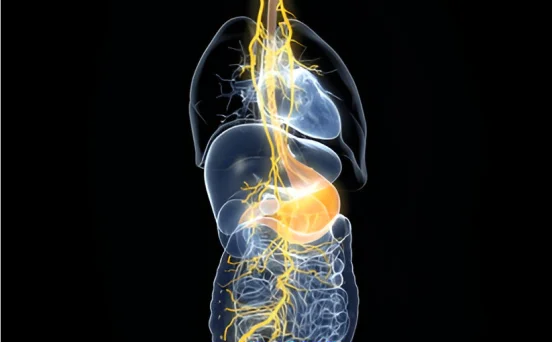Introduction
Laparoscopic appendectomy is one of the most commonly performed emergency surgeries worldwide. It involves the removal of an inflamed appendix using minimally invasive techniques. Over the years, laparoscopic surgery has become the preferred method for treating acute appendicitis due to its quicker recovery time, reduced pain, and minimal scarring compared to traditional open surgery. However, what many patients may not realize is that there are variations in the laparoscopic approach depending on the patient’s condition, surgeon preference, and available technology. Understanding the types of laparoscopic appendectomy surgery can help patients and caregivers make informed decisions during a medical emergency.
Laparoscopic appendectomy surgery is not a one-size-fits-all procedure. The surgical method can vary slightly in terms of the number of ports used, the access technique, and the tools employed during the operation. These distinctions may seem technical but play a significant role in patient safety, healing, and postoperative outcomes. While all methods aim to remove the appendix safely, the approach may be adapted to improve visualization, manage complications, or address anatomical challenges.
Types of Laparoscopic Appendectomy Surgery
- Conventional Three-Port Laparoscopic Appendectomy :- This is the standard and most widely practiced form of laparoscopic appendectomy. It involves making three small incisions in the abdomen: one near the belly button for the laparoscope (camera), and two other ports for the surgical instruments. The camera provides real-time video feed to a monitor, allowing the surgeon to clearly view the inflamed appendix and surrounding structures. The appendix is carefully dissected using laparoscopic tools. The mesoappendix, which contains the blood supply to the appendix, is cauterized and divided. The base of the appendix is ligated or stapled before it is removed through one of the ports. The abdominal cavity is then flushed with saline to clear any infection or debris before the instruments are withdrawn and the incisions are closed. The conventional three-port method is considered safe, effective, and suitable for most patients with uncomplicated appendicitis. It provides excellent visualization, allows for proper handling of instruments, and gives the surgeon flexibility during the procedure. However, it does involve three incisions, which, although small, may still pose minor cosmetic concerns or port-site pain.
- Two-Port Laparoscopic Appendectomy :- The two-port laparoscopic appendectomy is a modified version of the conventional method that uses only two incisions. One port is used for the camera and the other for combined surgical instruments that can perform multiple functions such as grasping, dissecting, and cutting. In this approach, the surgeon must skillfully manipulate the instruments to isolate and remove the appendix using a narrower access range. The key difference here is that one less port is used, which may offer slightly better cosmetic results and less postoperative discomfort at the incision sites. However, the two-port technique is generally more suitable for experienced laparoscopic surgeons and for cases where the appendix is easily accessible and not severely inflamed or ruptured. It may be challenging in patients with obesity, anatomical variations, or complex infection because of limited maneuverability. Despite these limitations, the two-port technique continues to be explored in selected cases to further reduce the invasiveness of the surgery while maintaining safety and efficacy.
- Single-Port Laparoscopic Appendectomy (SILS) :- Single-incision laparoscopic surgery, or SILS, represents the most minimally invasive form of laparoscopic appendectomy. It involves a single incision, typically at the umbilicus (belly button), through which all instruments and the camera are inserted using a specialized port. This method is designed to leave virtually no visible scar and reduce postoperative pain even further. During the SILS procedure, advanced multi-channel ports and curved or flexible instruments are used to facilitate the dissection and removal of the appendix through the single entry point. Since all instruments are inserted through a small space, the technique requires a high level of skill and coordination. One of the major benefits of SILS is its superior cosmetic outcome, as the scar is hidden within the natural folds of the belly button. Patients may also experience less pain, fewer wound-related complications, and a quicker return to normal activity. However, not all patients are ideal candidates for SILS. It is best suited for young, thin individuals with uncomplicated appendicitis. Cases involving ruptured appendix, abscess formation, or prior abdominal surgeries may not be suitable due to the increased complexity. The technique also has limitations in terms of visualization and instrument handling. Many hospitals may not have the advanced equipment or surgeon expertise needed to perform SILS routinely, so it remains less commonly practiced than the conventional approach.
- Transumbilical Laparoscopic Appendectomy :- A variation of single-port surgery, transumbilical laparoscopic appendectomy focuses solely on using the umbilicus as the access point. While SILS typically uses specialized equipment, this technique often employs standard laparoscopic tools but manipulates them through a slightly extended incision at the belly button. This approach provides many of the same cosmetic benefits as SILS while using more conventional instruments, making it more feasible in many surgical settings. The technique allows for good visualization and can be performed efficiently in skilled hands. Though considered cosmetically superior and functionally efficient in selected cases, this method also requires careful patient selection and surgeon experience. It may not be ideal for patients with anatomical complications or advanced infection, where wider access may be needed for safety.
- Needlescopic Appendectomy :- Needlescopic appendectomy is an ultra-minimally invasive approach that utilizes instruments smaller than 3 mm in diameter. This technique is still performed using multiple ports, but the size of the incisions is significantly smaller than those used in standard laparoscopic procedures. The surgeon inserts a micro-laparoscope and ultra-thin instruments through these micro-ports to perform the same steps of dissection and removal of the appendix. Because the instruments are so small, the incisions may not require sutures and usually heal with minimal scarring. This type of appendectomy is especially attractive for pediatric patients or cosmetically sensitive adult patients. However, the smaller instruments may be less durable, and the limited field of vision can be a challenge, especially in complicated or inflamed cases. While needlescopic appendectomy shows promise in terms of reduced tissue trauma and faster recovery, it is still not widely practiced due to limitations in equipment availability and training.
Conclusion
Laparoscopic appendectomy surgery has revolutionized the treatment of appendicitis by minimizing surgical trauma and expediting recovery. However, the specific type of laparoscopic technique used can vary depending on the patient’s condition, the surgeon’s experience, and the available resources. From the widely practiced three-port method to advanced single-port and needlescopic techniques, each variation comes with its own benefits, technical demands, and patient suitability.
Understanding these types helps provide a deeper insight into the surgical decision-making process. While all techniques aim to safely remove the appendix and prevent complications, the nuances in approach allow surgeons to tailor treatment to individual patient needs. With advancements in surgical tools and growing expertise in minimally invasive techniques, laparoscopic appendectomy continues to evolve, offering patients safer, quicker, and more personalized surgical care.























